Sign up for workout ideas, training advice, reviews of the latest gear and more.

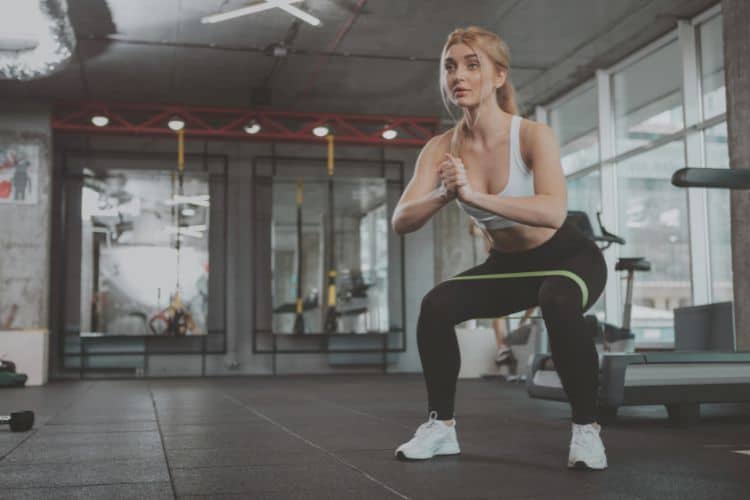
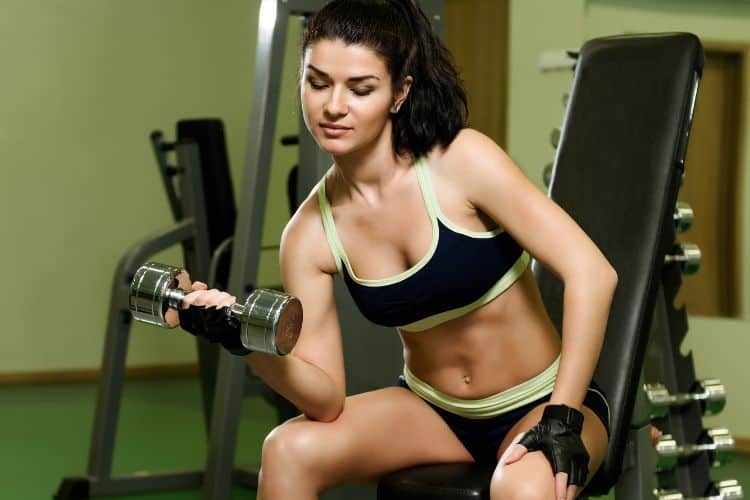
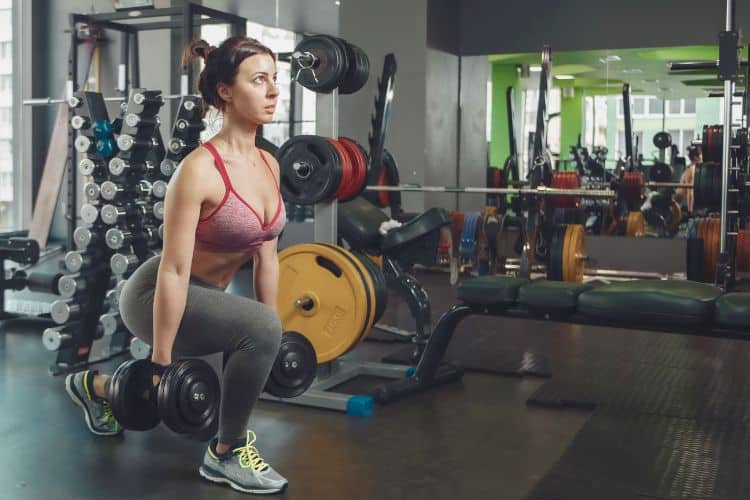
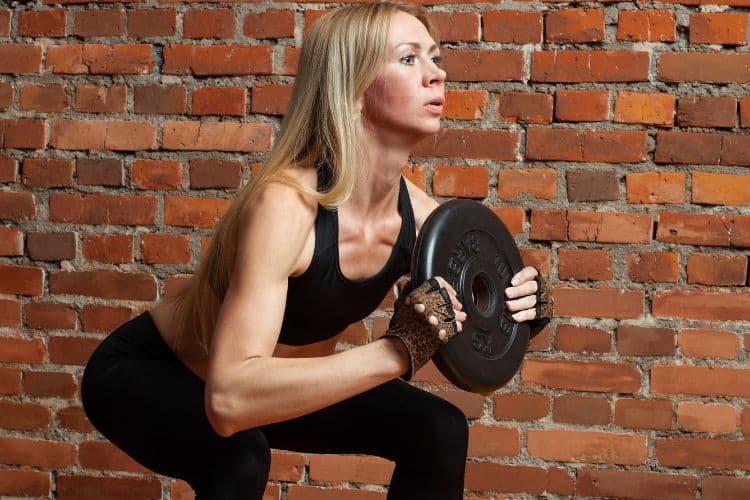
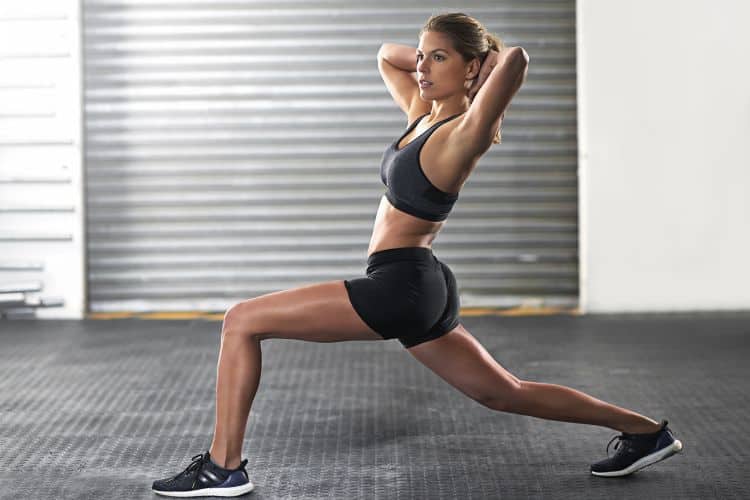
Functional strength training has emerged as a game-changer in modern fitness. It’s not just about looking good — it’s about moving better, improving daily performance, and reducing injury risk. This 30-minute functional strength training workout is perfect for those short on time but serious about results. Whether you’re an athlete, weekend warrior, or fitness enthusiast, this guide delivers practical, efficient, and effective training sessions designed to elevate your strength, mobility, and endurance — all in half an hour.
Functional strength training refers to exercises that train your muscles to work together and prepare them for daily tasks by simulating common movements. Unlike isolated workouts that target one muscle at a time, functional training engages multiple muscle groups in coordinated action.
Functional training focuses on movement quality, not just muscle size. It builds foundational strength that enhances balance, coordination, core stability, joint mobility, and neuromuscular control — essential for both athletic performance and everyday activities.
A well-structured 30-minute functional training session offers numerous benefits:
Whether you’re lifting groceries, playing sports, or running after your kids, functional training prepares your body for life’s physical challenges.
Each 30-minute session should include:
Let’s break down each part of the session to ensure maximum effectiveness and safety.
Before starting any functional training workout, a full-body warm-up is essential. It primes your muscles and nervous system for movement, helping prevent injuries and improve performance.
This quick warm-up elevates heart rate, activates key muscle groups, and enhances range of motion.
The core of this workout is a full-body circuit that focuses on compound, multi-joint movements. You’ll perform 5 main functional exercises, each targeting several muscle groups and movement patterns.
Target: Legs, glutes, shoulders, core
Hold a dumbbell in each hand at shoulder height. Squat down, then explode upward and press the weights overhead. This move combines lower body strength with upper body power.
Target: Back, arms, core, stability
Start in a push-up position with dumbbells. Row one dumbbell at a time toward your waist while keeping hips steady. Builds pulling strength and anti-rotational core stability.
Target: Posterior chain – glutes, hamstrings, lower back
With a hip hinge motion, swing the kettlebell or dumbbell between your legs and up to chest height using your hips. Boosts power and cardiovascular endurance.
Target: Legs, glutes, core, mobility
Step back into a lunge and rotate your torso toward the front leg. This improves dynamic balance, hip strength, and transverse plane movement.
Target: Shoulders, abs, quads, coordination
Stay low and move forward with alternating arm and leg movements. If space is limited, do a high plank and pull a dumbbell across your body instead.
Take 30–60 seconds between rounds. Focus on form, core engagement, and full range of motion.
End your functional workout with exercises that enhance core stability, posture, and control.
This finisher helps solidify your core and reinforces postural control.
Wrap up your session with light stretching and breath work to support recovery and flexibility.
Cooling down reduces muscle tightness, improves circulation, and accelerates recovery.
One of the best parts of functional training is its versatility. Here are some useful tools to maximize your workout:
Even with minimal equipment, you can build full-body strength effectively with proper movement patterns.
To get the most out of every session, keep these training principles in mind:
Don’t rush. Prioritize controlled, intentional movements over lifting heavier weights.
Proper bracing stabilizes your spine and protects your back during all movements.
Switch up exercises weekly to target different movement planes and reduce imbalances.
Functional workouts mimic real-life motions: squatting, hinging, pushing, pulling, rotating, and lunging.
Even 2–3 sessions per week of 30 minutes each can deliver noticeable gains in strength and function.
Here’s how to incorporate 30-minute functional workouts into a weekly plan:
| Day | Workout Focus |
|---|---|
| Monday | Full-body strength circuit |
| Tuesday | Mobility & recovery (yoga) |
| Wednesday | Functional power + core focus |
| Thursday | Rest or light cardio |
| Friday | Full-body metabolic circuit |
| Saturday | Outdoor functional challenge |
| Sunday | Rest or deep stretching session |
You can adjust based on your goals, availability, and fitness level.
Functional workouts are suitable for all fitness levels. Whether you’re:
These workouts are adaptable, scalable, and customizable.
It’s best to alternate functional workouts with recovery or mobility work. Aim for 3–4 sessions per week to allow muscle recovery and avoid overtraining.
Functional training includes strength training but focuses on movement patterns and real-life applications rather than isolated muscle development.
No. While tools like dumbbells or kettlebells enhance resistance, bodyweight-only functional workouts can be extremely effective, especially for beginners.
Yes. Functional workouts elevate heart rate, build lean muscle, and burn calories — all critical for fat loss when combined with proper nutrition.
Functional strength training isn’t a fitness trend — it’s a foundational approach to training smart, moving better, and living stronger. In just 30 minutes, you can challenge your entire body, boost core stability, and build functional muscle that carries over into every aspect of life.
Whether your goal is to perform better at sports, prevent injuries, or simply move through life with greater ease, these 30-minute sessions deliver real results. Prioritize form, stay consistent, and keep progressing — your body will thank you with improved strength, agility, and resilience.
Want more effective workouts?
Subscribe to our blog or follow us on Pinterest for new routines, challenges, and fitness tips!
Stay up to date on the latest women’s health, fitness and lifestyle trends and tips.